Pinto Carpentry's Family Fun Nature Craft: Identify Trees by Creating Bark and Leaf Etchings
- Pinto Carpentry
- Oct 14, 2022
- 5 min read
Updated: Jun 28, 2024

Pinto Carpentry is a family run and family owned business, and we really pride ourselves on that. We love working on home improvement together as a family, and always make sure to put the same level of passion, care, and attention into each job at your family home as we would working on our own.
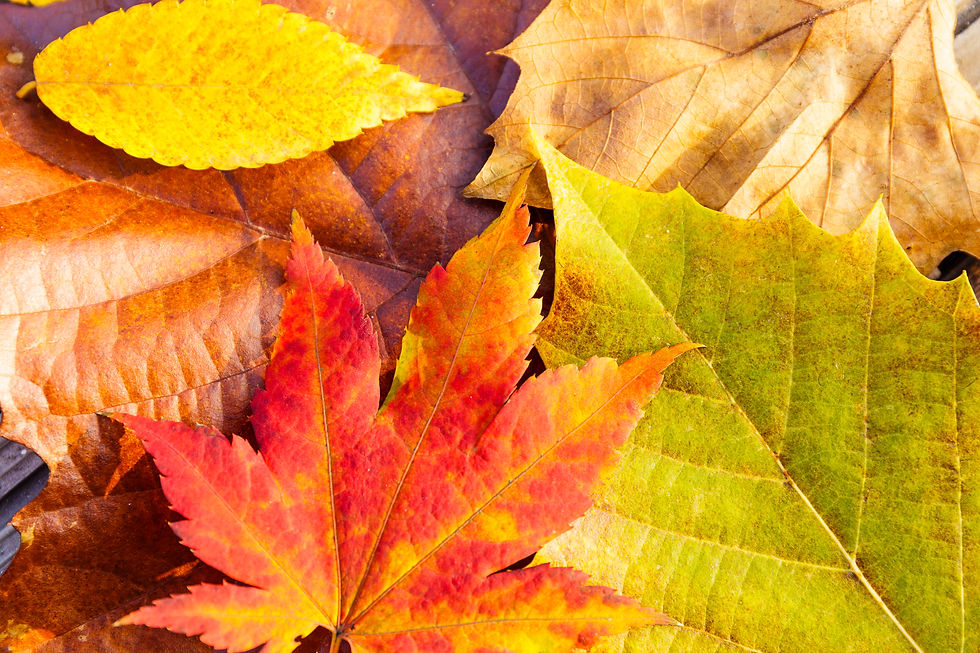
We love working together as a family on site, but we also love spending time with our families and kiddos in the off hours! That’s why for today’s blog, we’re bringing you a special family-friendly craft to identify trees that will let you make some real connection with your kids as well as spending time connecting to nature. Take some time this weekend to get outside, soak in the sunshine, and bond with your family!

We have an easy make-and-take craft creating tree and leaf etchings, connecting kids to the wood used in their home to the trees found outside in their environment. It’s a wonderful activity to foster a love of the great outdoors, and build meaningful connections to why conservation efforts and sustainability are so important.
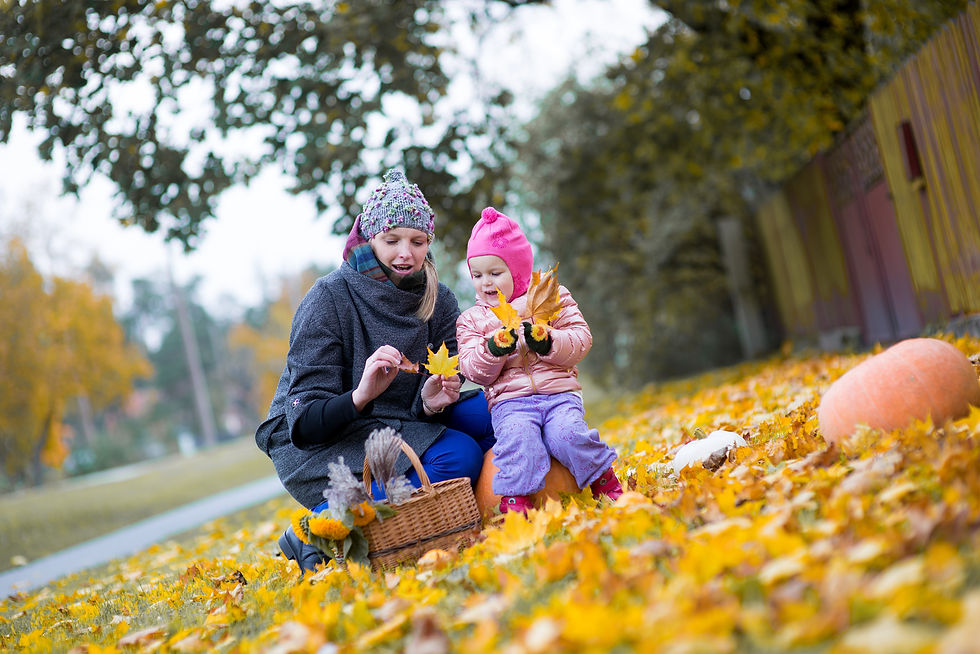
Did you know that one of our most popular building materials is actually New Jersey’s official State Tree, the majestic Red Oak?
That’s right! One of the materials we use most frequently in our work can be found right here in the great Garden State! It’s been our official tree since June 13th 1950, and was chosen due to its adaptability to our state’s soils and compatibility with native shrubs and local evergreens. It’s often called the Mighty Red Oak, and symbolizes strength and fortitude. It’s a fast-growing tree, making it a top contender for hardwood lumber due to its sustainability and prolific growth. In forests it may grow tall and straight, but it’s also very adaptable and may remain a shorter trunk and grow wider, rounder canopy leaves if needed.
Let's Start to Identify Trees!
If you’re out in the wild and want to identify this red hued beauty this autumn, you’ll be able to spot its pointy leaves which are usually 3 pointed shapes on each side and 1 at the top. They may vary a bit, but with more or less the same general shape. Leaves will range from a bright, vivid light green to yellow-green to yellow to orange to deep red. Its bark is brown to almost black, broken up with wide, flat-topped gray ridges. The older trees may have very furrowed lines and ridges.
Other sources of lumber used in our staircase builds and railing installations include: White Oak, Maple, Pine, Poplar, and Red Grandis. Can you identify them out in the wild?
White oak leaves have 7 to 9 lobes which are rounded, and though they vary slightly in length they’re rather uniform on each individual leaf. Its leaves are dark green in the summer and turn brown, deep red, and orange-red in the fall. White oak bark is ash grey, scaly, and has shallow furrows with small narrow scales.
Maple trees can be identified by their trademark leaves with pointed lobes in an almost star shape, with deep indentations between each lobe. In the autumn the leaves turn from deep green to yellow, red, burgundy, and orange. Their bark is gray-brown to reddish-brown with vertical flaky strips
Tulip Poplar trees will have large, bright green leaves with four lopes and rounded notches. In the autumn, the leaves will turn bright yellow and goldenrod colors. The bark is gray-green and smooth in younger trees, and develops flat topped ridges with white furrows in diamond patterns. White poplars have oval or lobed leaves with notches on the margins. Black Poplars have rounded leaves, and balsam poplars have triangular leaves and a spiky, serrated edge.
Red Grandis is the only tree on that list that you won’t find in New Jersey, as it’s a Eucalyptus variety cultivated on special plantations in Uruguay which have been certified by the Forest Stewardship Council (FSC).
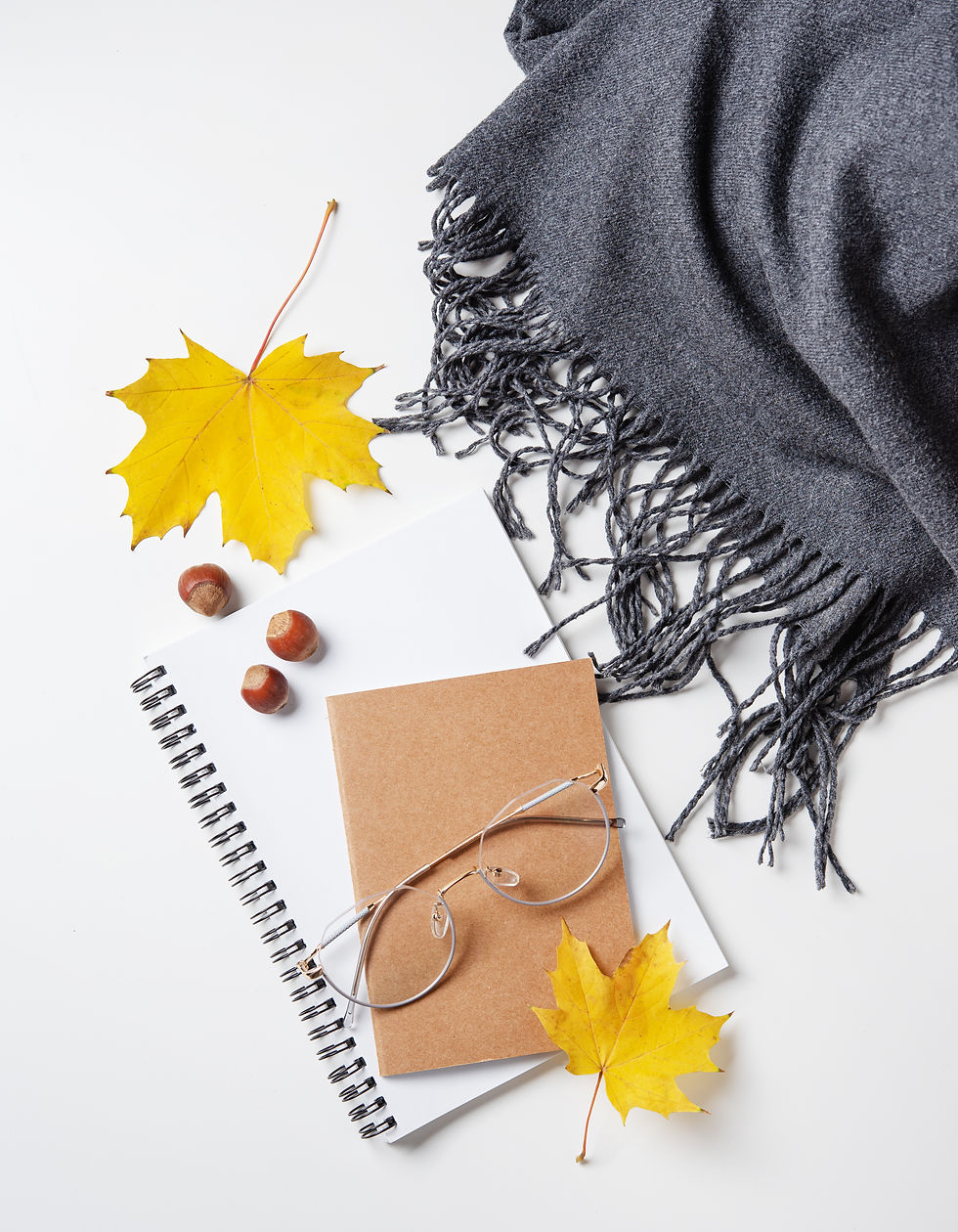
Nature Etchings and Leaf Rubbings At Home
Go for a walk with your family, and use the tree identification guide to collect leaves from a red oak, white oak, tulip poplar, maple, and even pine. Place them in a folder or a ziplock bag and transport them gently back home to have a family fun craft to commemorate your nature day!
You’ll need to gather the following crafty materials:
Lightweight and thin paper
Wax crayons, oil pastels, or woodless colored pencils
Collected leaves from the trees you’ve identified
How to create a leaf etching:
Gather the leaves you’ve collected from your walk and group them by tree type. Place the leaf topside down, with the ridges and veins more prominent facing upwards.
Place the thin paper atop the leaf and weight down or gently tape the corners so the paper won’t move.
Rub the area of the leaf with your coloring utensil of choice, and you’ll begin to see the leaf shape and texture appear on the paper surface.
Continue to rub the leaf until the whole shape appears on your paper.
Remove the leaf from under the paper and you have your finished leaf etching!
Write the name of the leaf on the bottom, along with the date and place that you found it to document your scientific data.
Get creative and arrange your leaves in different patterns, and create a little collage of multiple textures and shapes!
As an added bonus, you can get some large paper rolls and place it on the floor, draw a tree trunk with branches on it, and sketch it in. Then place the leaves for that tree under your large paper and create the etchings to fill in the foliage! You can all color in the tree trunk and leaf etchings and even make a little autumnal woodland scene. It makes a great decoration for doors in your home for the fall season!

Create a Bark Etching in the Field
You’ll need:
Thick wax crayons (the ones made for toddlers are perfect!) and/or woodless colored pencils or charcoal or gel crayons
White or light colored Construction paper or copy paper
Tree trunks you’ve identified together
How to create bark etchings:
Find and identify each of the trees mentioned above and as you’re collecting the leaves you’ll take an etching in the field.
Grab your paper and drawing tool of choice
Place your paper against the tree and hold it down (you may want to help one another steady the paper as a team effort - one holding, one etching)
Take your drawing utensil and rub it against the paper with gentle pressure, and continue doing so until the texture and image of the tree bark is to your liking. You can apply more pressure to get a darker etching
Write the name of your tree bark underneath the sample so you remember.
As a bonus craft, you can create a collage by cutting out a tree shape from the bark etching, and gluing it to another sheet of paper, and drawing in the appropriate leaves that match the species of tree!








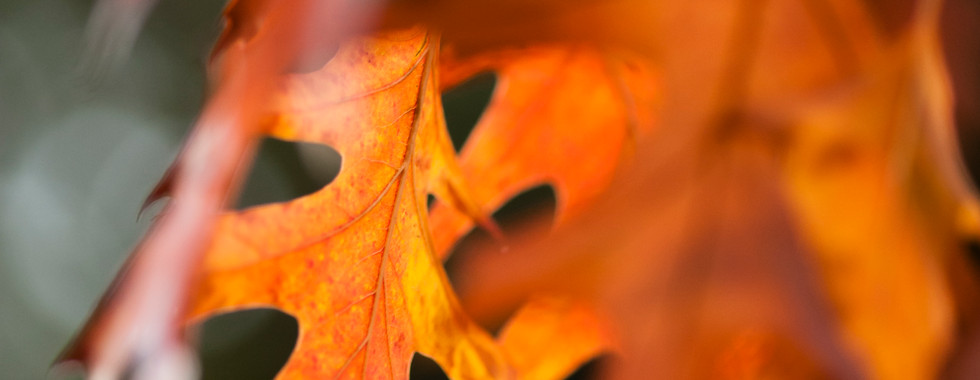















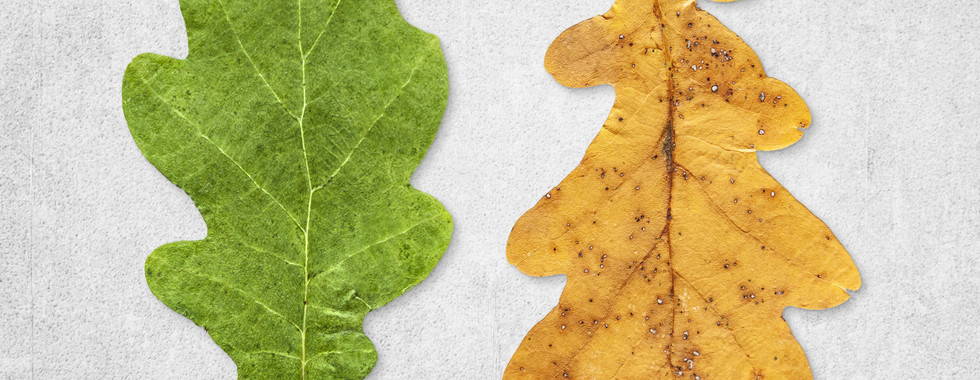


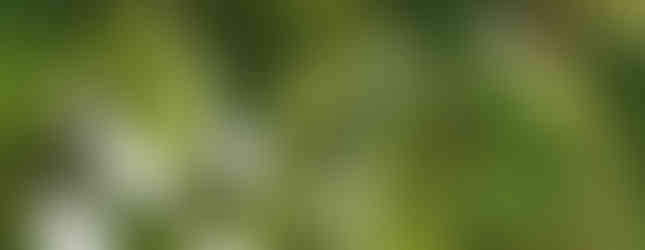














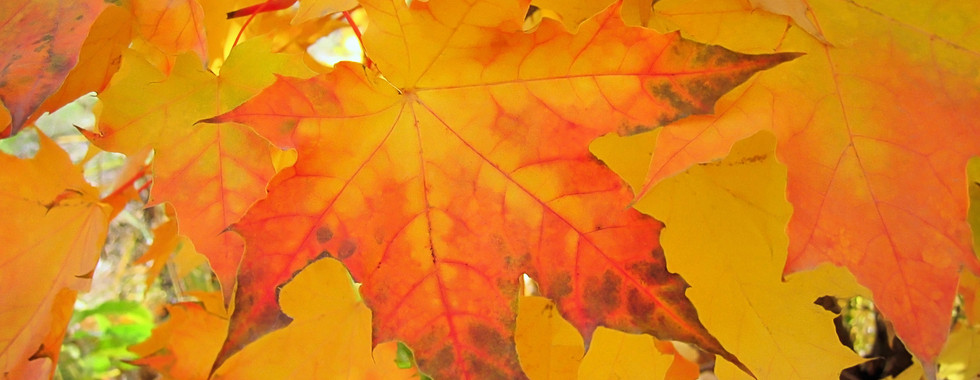
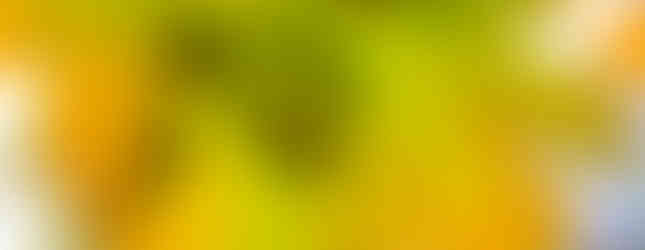




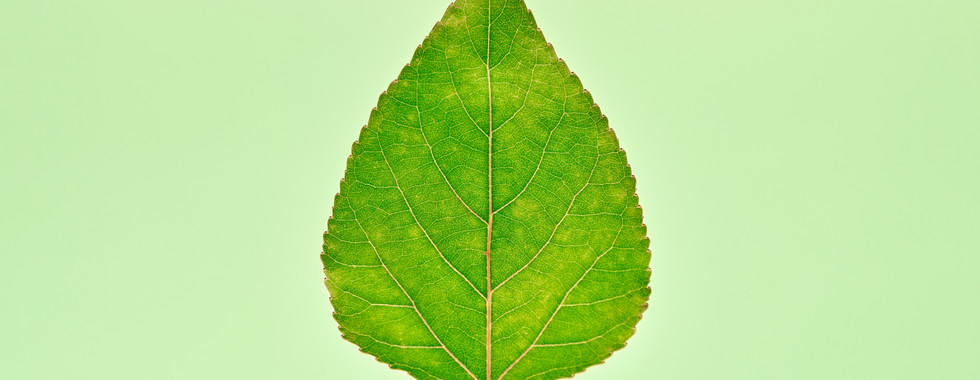












Comments